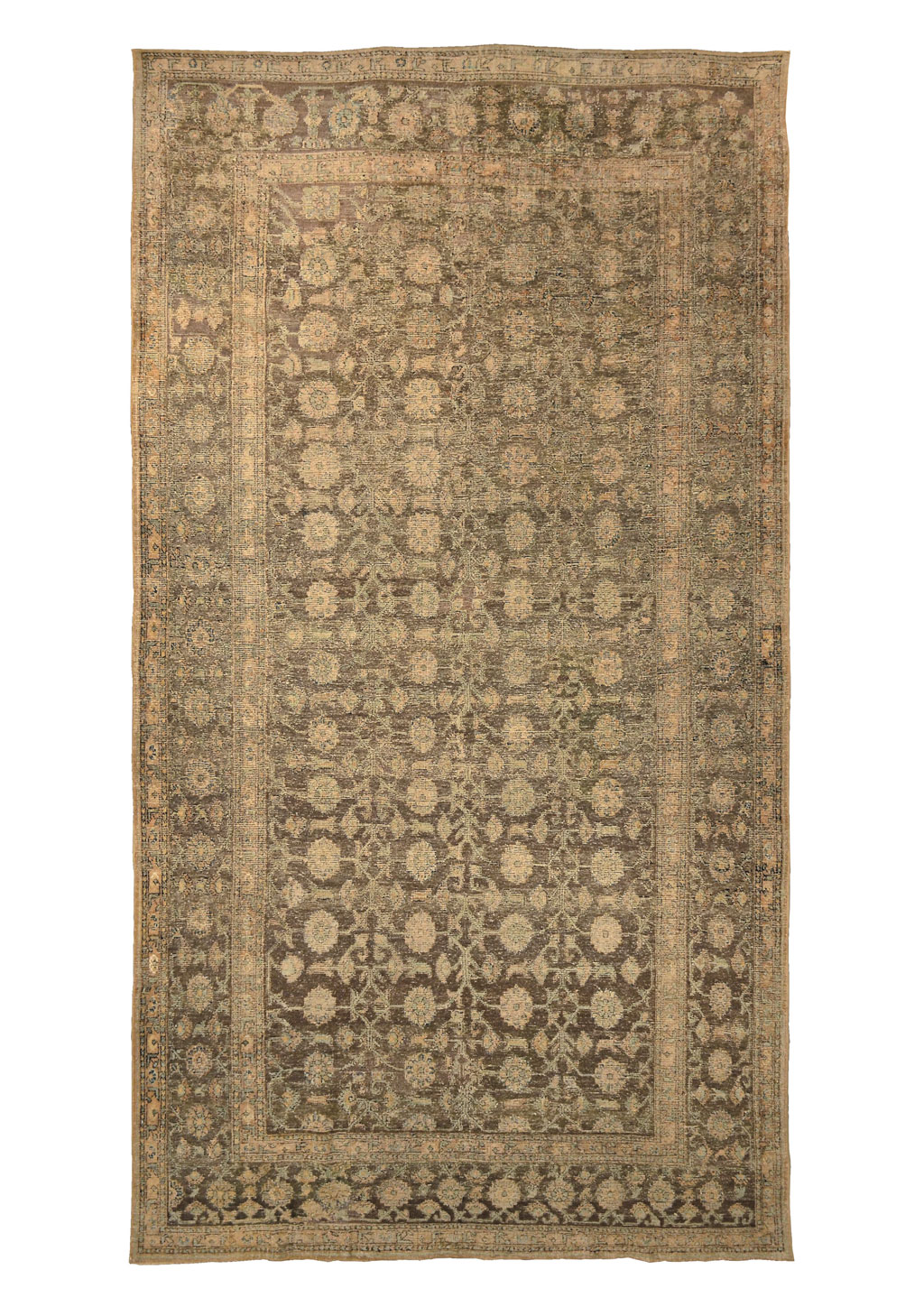Imperial Workshops of Xinjiang
China
Qing dynasty (1644-1911)
Qianlong period (1736-1795)
170 x 315 cm
Asymmetrical knot
Silk pile, gilded copper threads
Cotton warp and weft
Fair condition, silk pile low areas,
metal threads good condition
Published:
CINA 1644-1911, Tappeti di Seta e di Metallo dalla Città Proibita, Textilia, 1998
The Flower of Buddha, Silk and Metal Carpets from the Forbidden City, Textilia, 2006, p. 46 catalogue n°3
Exhibited:
May 15 – July 31, 1998, Textilia Roma
CINA 1644-1911, Tappeti di Seta e di Metallo dalla Città Proibita
Provenance:
Y.B Bolour, New York
Textilia, Roma
Christopher Feeley, Boston
Nazmiyal Collection, New York
IMPERIAL CARPETS
The motifs depicted on the carpets draw upon an age-old tradition. They have many interpretative levels and degrees of profundity, combining elements of Taoist, Confucian, Buddhist and Shamanistic origin.
A carpet is intrinsically a magic object, a solemn and miraculous space connected to religion and to ritual. In the sacred texts of Hinduism – the weft and weave is a metaphor for the weave of the cosmos: a series of knots and bonds connecting all beings, who are subject to the same heavenly plan.







